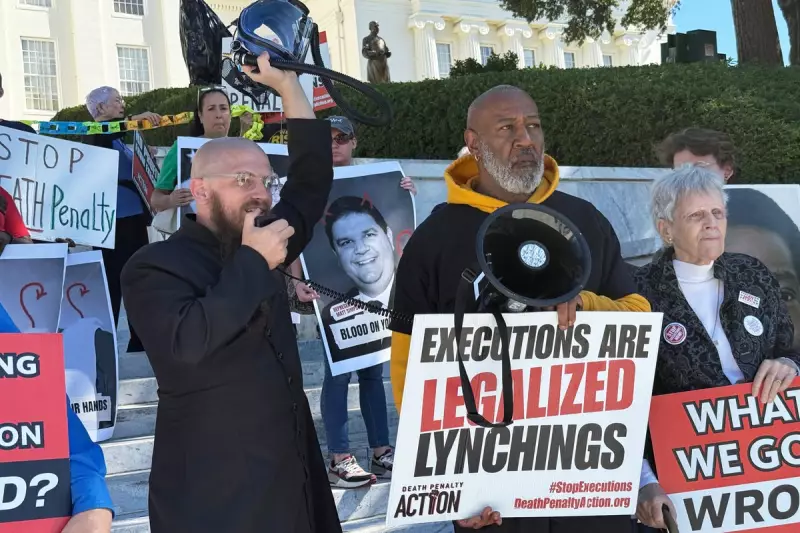
In a dramatic late-night ruling that exposed deep divisions within America's highest court, Supreme Court Justice Sonia Sotomayor issued a blistering dissent against the execution of an Alabama inmate, declaring she desperately hoped her fears of state-sanctioned torture would prove unfounded.
The Midnight Ruling That Divided the Court
The conservative majority of the US Supreme Court cleared the way for Alabama to execute Kenneth Eugene Smith using lethal injection, despite compelling evidence that the condemned man faced potential agony during the procedure. Smith had previously survived a botched execution attempt in 2022 when executioners struggled for hours to insert intravenous lines.
Sotomayor's Powerful Warning
Justice Sotomayor, writing for the liberal wing of the court, didn't mince words in her dissent. "I hope that you are right that Smith will not be tortured to death tonight," she addressed her conservative colleagues, adding the haunting caveat, "I fear that this failure will come at the cost of more human suffering."
Her concerns stemmed from Smith's rare medical condition that could cause violent nausea and choking during the execution process, potentially turning what should be a humane procedure into what Sotomayor described as "a new phenomenon: execution by torture."
A Troubling Pattern Emerges
This case marks another chapter in what appears to be an alarming trend of problematic executions in Alabama. The state has faced multiple controversies surrounding its capital punishment procedures, including:
- Several botched lethal injection attempts
- Difficulty establishing intravenous access in prisoners
- Questions about execution team competency
- Legal challenges regarding execution methods
The Human Cost of Capital Punishment
Smith's case highlights the ongoing debate about execution methods in the United States. With Justice Ketanji Brown Jackson joining Sotomayor's dissent, the liberal justices made clear their position that allowing potentially torturous executions violates the US Constitution's protection against cruel and unusual punishment.
As Sotomayor starkly concluded, the court's decision to proceed despite substantial evidence of potential suffering "leaves Smith vulnerable to what may be a painful and prolonged death."





